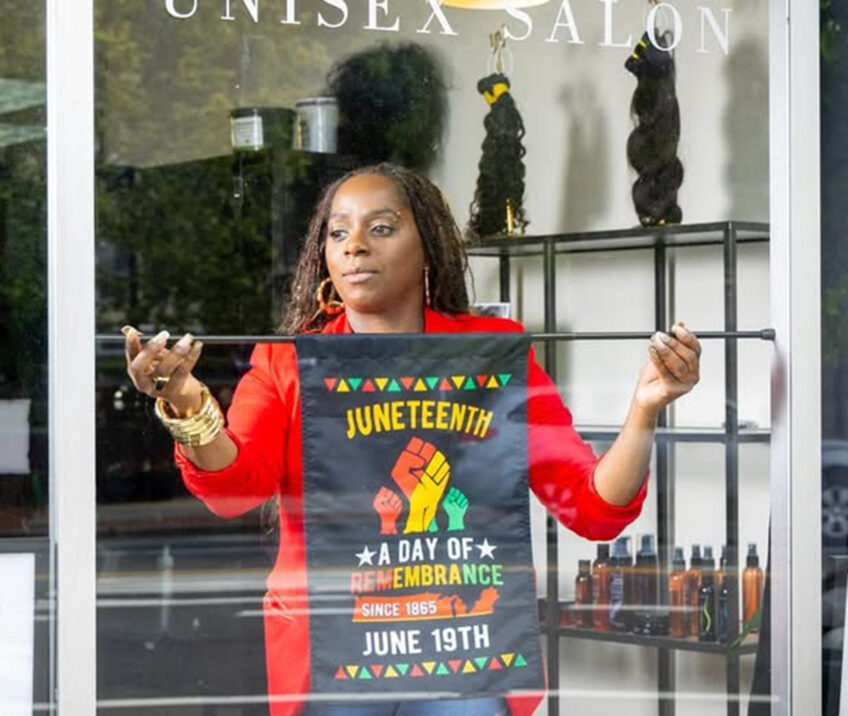Targeting Generation Z
Today’s tweens and teens are the keys to marketing success

For the past decade, one of the hottest target groups in advertising and marketing has been Millennials, the generation born between 1981 and 1997. But the wheel keeps on turning, and now the key to marketing success has come round to those born between 1998 and just about the present day — “Generation Z.”
At a glance
A report from Magid Generation Strategies pointed out some of the major ways Generation Z differs from Generation X and Baby Boomers:
American’s last generation with a Caucasian majority
The most positive about American becoming more ethnically diverse
Existing in the most diverse social circles
The least likely to believe in the American Dream
Beginning to reflect the Generation X parenting style in their mindset
Affected by blended roles
Key findings of ad agency Sparks & Honey’s report examining Generation Z:
70 percent of today’s teens work entrepreneurial or freelance jobs
63 percent worry about their future
60 percent expect to have multiple careers by their 30s
58 percent say they are already saving money
42 percent intend to work for themselves
This age group is little more than kids and teens, but the data show their potential value, with Generation Z making up 26 percent of the U.S. population and having $44 billion to spend.
Generation Z promises to be very different from earlier generations — Millennials, Generation X, and the Baby Boomers.
Ad agency Sparks & Honey recently released a report examining Generation Z in the context of marketing. The report considers the evolving worlds of work and education, the dissolving boundaries between social and cultural norms, and the compression of time and technology that changes how this generation will be defined.
Though the interconnectedness of Generation Z is no surprise, it rises far beyond what has become the norm for Millennials. The difference is that most Millennials grew into the digital age, while Generation Z was born into it. If Millennials can be said to use three screens, Generation Z uses five screens: smartphone, TV, laptop, desktop and iPod-type devices.
Their perpetual state of interconnectedness means that Generation Z-ers are always reachable, and they are OK with that. Sparks & Honey found that 91 percent of teens say they have their digital devices on even in bed at night. Combine that with the reported 15 percent of teens that actually prefer to interact with friends online, and you have a world that is significantly digital.






